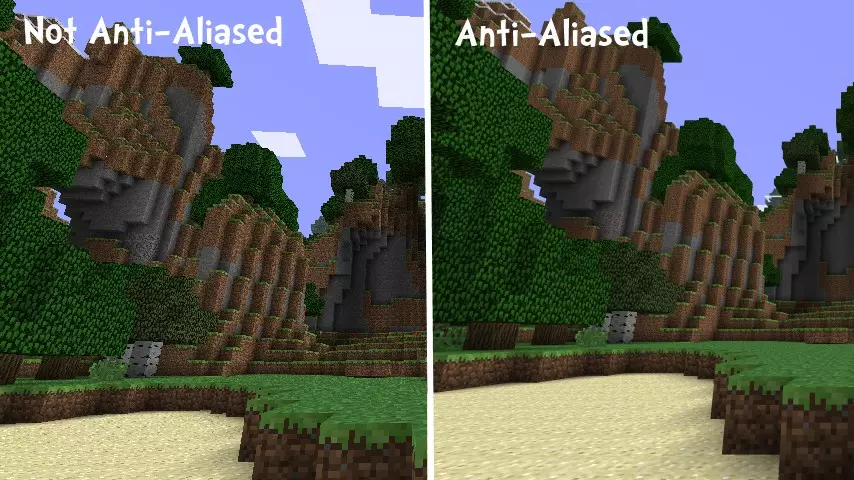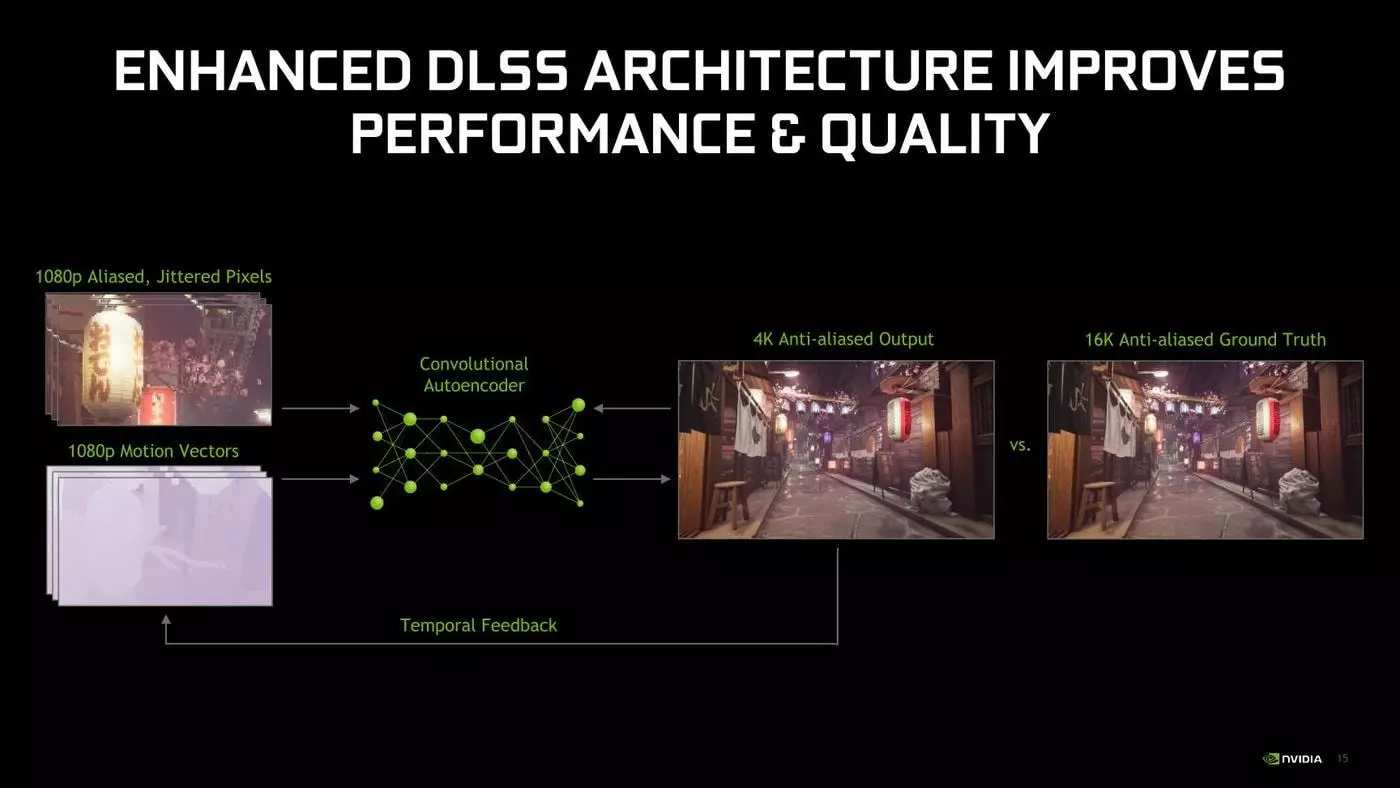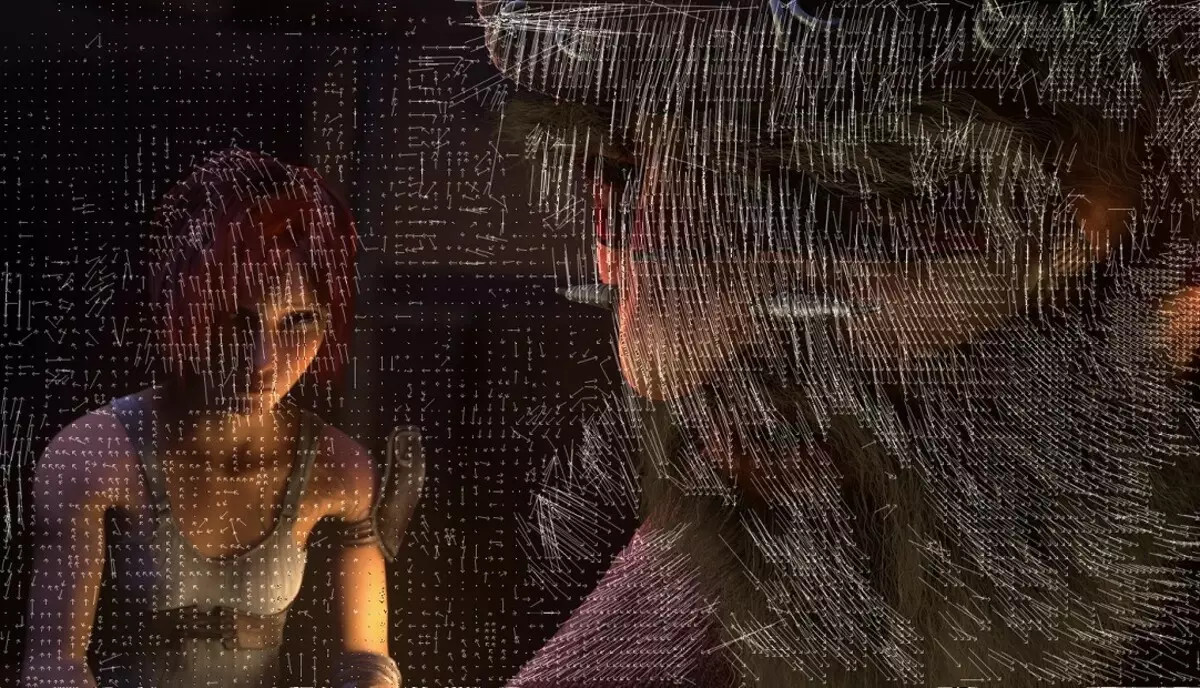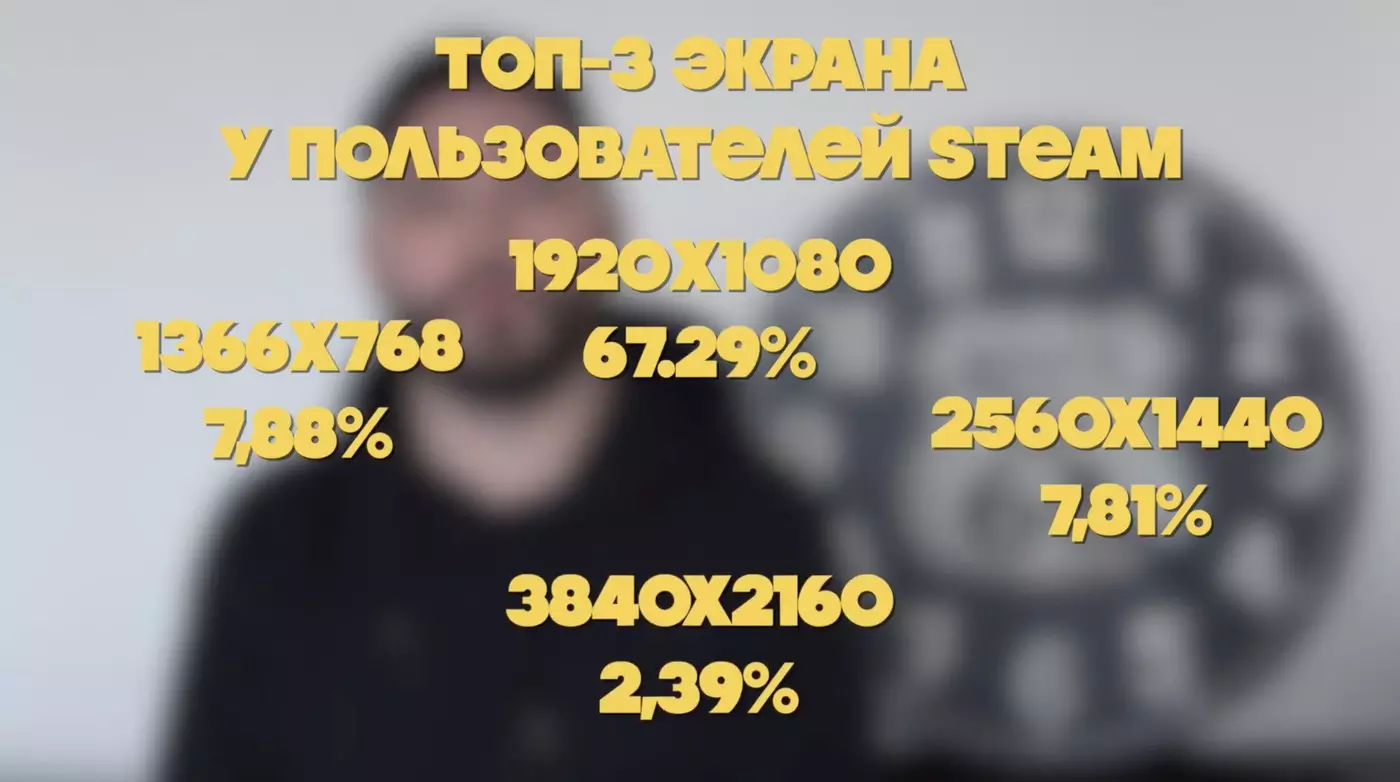




When in American militants in the pictures from the satellite, the special agents increased the number of the car to the fully read state, we laughed. The boss is standing above the computer, makes it scaling, and then "improve" a picture. To such an extent that information appears on the monitor, which can not actually be contained in the image. For people who are more or less disassembled in photography processing, it seemed fantastic. Yes, and today, in principle, it remains fantastic. But! NVIDIA DLSS technology makes this fantastics a little closer to reality.
When NVIDIA presented a new generation of video cards on the microarchitecture Turing, the main focus of the gamers was focused on the ray trace: the RTX video cards of the 2000 series became the first to support this technology at the hardware level due to the RT nucleus.
But also in "Thuringami" there were also tensor kernels. They, using the results of deep teaching the neural network, improved the smoothing, increased the performance and resolution of the image that is created by the game. Technology received a DLSS name - Deep Lerning Super Sample.
In fact, it is one of the advanced types of smoothing technology in games. Computer gamers are familiar with them on mysterious TAA, FXAA, MSAA, 8X, 4X, etc. in the settings of the picture in the game. Through these mysterious abbreviations, various variations of smoothing pictures lie. It consists of pixels, all lines in the frame consist of these pixels, but with the help of squares to draw a diagonal line is not easy, it will be displayed with ladents. And when such lines and ladies on the borders of the polygons on the screen a lot, the picture begins to rich in the eyes.
All the variety of smoothing technologies is engaged in removing these ladies to measure their capabilities and power of a custom computer. They change the color of pixels on the borders and make transitions more smooth. Different ways, in different ways, loading iron and demonstrating a slightly different end result right up to the sculpture of the picture. But we do not have a story about all this manifold, in which you can easily get bogged down, but about a novice who decided to turn the game from the legs on the head: to provide a clear picture and unload iron.
Magic in action
The first iteration of DLSS technology was ambiguous and largely limited. She demanded training artificial intelligence under each new game, support from developers by regular finishing and release of special drivers for the video card with the release of the game. For example, in the 2019 year game Control, the original technology raised the frame change frequency up to 70%. In most scenes, the image quality was excellent, but moving facilities brought a lot of problems. The original DLSS, for example, was not easy to cope with the turbine blades, which spinning in one of the scenes of the game. There were also problems with the boundaries of small details in the frame.
In the spring of 2020, NVIDIA released the version of DLSS 2.0 and the Control showed again to demonstrate their progress. There it was already with the blades, everything was in order, and small objects became more clear, the boundaries became sharper and drawn and increased the overall performance of the game.
The artificial intelligence model was reworked, which became twice as fast as the original version. It uses tensor kernels more efficiently, eliminates the limit on the number of supported video cards, quality and permissions.
The original technology assumed the training of a neural network under each new game. Dlss 2.0 has become more versatile, it has become easier to implement into games.
How does this magic work? Nvidia has a special framework, which teaches deep neural network. Training is that the neural networks feed tens of thousands of reference images in high resolution. Really high - 16k. These images are created by a powerful supercomputer during offline rendering of a low-frequency frame of frames. Thanks to this scattering, neurallet is subsequently based on the source image in low quality capable of creating a frame in high resolution already on a user device. In this, it relies on the knowledge gained during training.
When the neural network itself creates frames from low-resolution samples, they are compared with the standards in 16K resolution and about all the differences and shoals are reported back the neural network. With each cycle, reconciliation is tuned and improves its results. The final in the form of drivers get to custom video cards, and magic begins to occur in games.
For the correct operation of the DLSS 2.0 neural network, it needs input. Their gaming engine provides. The first portion of the data is an image in low resolution without smoothing. Second - vectors of motion for these images. Vectors are information about what direction objects on this frame are moving in this frame. In essence, this is such a map of movements of pixels by frame.
Neuraleta creates a frame in high resolution and, knowing the vectors of its change, on this basis increases the permission of the next frame. Literally pixelly determines how to increase the resolution in the next frame.
Prepans of implementation
In the case of the first iteration, DLSS game developers had to work in close cooperation with NVIDIA to add support to their game. The discharge engine required a lot of images from the game. The second version of DLSS has become more accessible, it is studying on common images, she does not need introductory data from a particular game.
Thanks to this, the list of supported games has expanded to three dozen, while the original DLSS had less than ten.
At the beginning of this year, NVIDIA has released a plugin to implement the DLSS to the game in the Unreal Marketplace - a paid and free ride shop for game developers on the Unreal Engine engine. But many developers are not in a hurry with its addition to their games. This is largely due to the prevalence of 4K monitors in gamers. Still, the most impressive DLSS 2.0 looks in 4K resolution. There, technology allows you to achieve significant productivity growth, allows the RTX video cards of the 2000th series and the initial level to show a stable and playing framework compared to the nutritional resolution in 4K.
But the fact is that most of the geimers are still playing in resolving 1080 pixels - there are more than 67% of such users in Steam. The second resolution is a laptop: 1366 × 768 pixels - 8% of users. In third place with a small passage, custom screens with a resolution of 2560 × 1440 pixels. 4K Monitors still remain a lot of enthusiasts: a little more than 2% of Steam users.
Competitor from AMD.
DLSS - NVIDIA proprietary technology. It works only on the video cards of the RTX series, which have tensor kernels. They are calculated related to artificial intelligence algorithms. NVIDIA main rival - AMD is working on his alternative to DLSS, which is called FidelityFX Super Resolution. But so far there are practically no specific information about this development.
It is only known that the "red" will have an important advantage. AMD promised to make the technology of open and cross-platform. This means that the technology can come to the console of the new generation, which use RDNA 2 graphic architecture from AMD.
Recently, AMD arranged a presentation of the new Radeon RX 6700 XT video card. Many hoped that during this event would be told about FidelityFX Super Resolution. In the sidewalls, the presentations explained that AMD is not in a hurry with the release of technology for one top card, and instead wants it to be in every sense of cross-platform.
AMD technology must be somewhat similar to DLSS. And because the potential presence of neural network smoothing on Consoles PS5 and Xbox Series is of great interest, as far from all games they can show 60 frames per second in 4K resolution.
But all these arguments remain only speculation. Perhaps, by the end of this year, AMD will still tell more about its development. In the meantime, continue to ensure that the game will be able to implement DLSS in their products.
Our channel in Telegram. Join now!
Is there something to tell? Write to our telegram-bot. It is anonymously and fast
Reprinting text and photos Onliner without resolving the editors is prohibited. [email protected].
